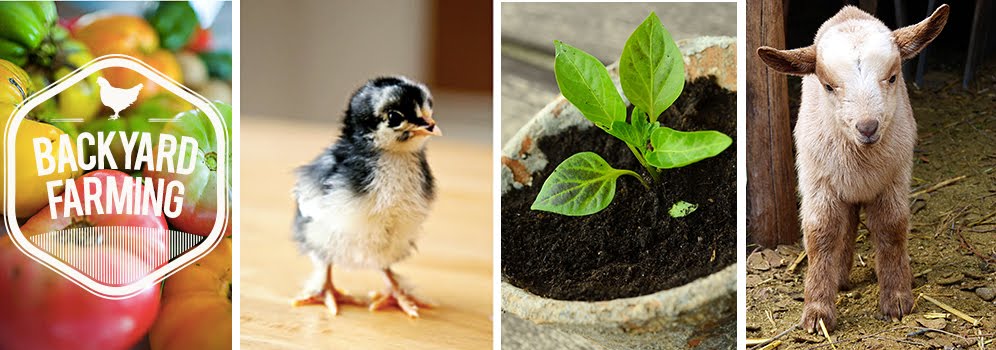
 Now that the northern hemisphere is starting to lean back towards the sun, farmer's markets are opening up around the country. That means we packed the kids up and drove a little north of our home and visited the local market. The existence of farmer's markets is a good idea for so many reasons but perhaps the best reason is to reconnect an almost lost but so important link between communities and their local farmers. Small, family owned farms are starting to have a comeback and it's precisely because of venues like these. Though most small
Now that the northern hemisphere is starting to lean back towards the sun, farmer's markets are opening up around the country. That means we packed the kids up and drove a little north of our home and visited the local market. The existence of farmer's markets is a good idea for so many reasons but perhaps the best reason is to reconnect an almost lost but so important link between communities and their local farmers. Small, family owned farms are starting to have a comeback and it's precisely because of venues like these. Though most small  farms produce superior products to their counterparts they cannot compete with these huge farms that exist hundreds or maybe thousands of miles away. I have heard stories from farming friends who say that when they lost out on the grocery store bid their produce was piled high in the fields and left to rot. It is the farmer's market which allows them to still be able to get their goods to the community and not be wasted. Always fresh and in season and often at premium prices. Beyond that, farmer's markets are fun, interesting, educational, and totally diverse.
farms produce superior products to their counterparts they cannot compete with these huge farms that exist hundreds or maybe thousands of miles away. I have heard stories from farming friends who say that when they lost out on the grocery store bid their produce was piled high in the fields and left to rot. It is the farmer's market which allows them to still be able to get their goods to the community and not be wasted. Always fresh and in season and often at premium prices. Beyond that, farmer's markets are fun, interesting, educational, and totally diverse. Because farmer's markets are bringing in local goods, no two are exactly alike. You will find anything from locally grown produce and meats to handmade crafts and soaps - and more! It's also a very laid back atmosphere and it's a great time to chat with locals and get to know the community of farmers around you. Always friendly and ready
Because farmer's markets are bringing in local goods, no two are exactly alike. You will find anything from locally grown produce and meats to handmade crafts and soaps - and more! It's also a very laid back atmosphere and it's a great time to chat with locals and get to know the community of farmers around you. Always friendly and ready  to tell you about their experiences and often offer you some great tips and advice.
to tell you about their experiences and often offer you some great tips and advice.Another thing I love about the farmer's market is knowing exactly where my money is going. I know that when I buy something from a vendor that that family will then be able to use that money to buy more seed, land, tools, and return next year with a greater harvest. That connection just feels good. Especially significant and interesting is a "producer's only" market - where the people selling you the goods are
 the people who produced them. No middle man. How great is it to be able to ask the man who is selling eggs what kind of chickens he has or what their housing is like? Or talk to the woman about her bountiful harvest this winter because of it's milder temperatures. It creates a greater awareness and responsibility between producer and consumer.
the people who produced them. No middle man. How great is it to be able to ask the man who is selling eggs what kind of chickens he has or what their housing is like? Or talk to the woman about her bountiful harvest this winter because of it's milder temperatures. It creates a greater awareness and responsibility between producer and consumer.So get out to your local farmer's market - buy up their tomatoes, eggs, and sweet tasting jams and jellies! Your kids will love it and you'll know your doing your community good! Just make sure and bring some cash. These markets, especially the smaller ones, don't usually have credit card machines!
Not sure where your closest market is? Click here and find out!
~Megan













































